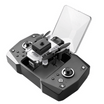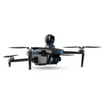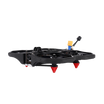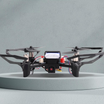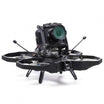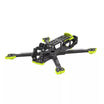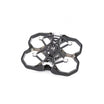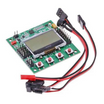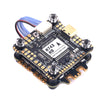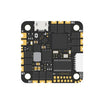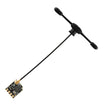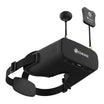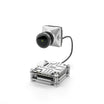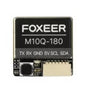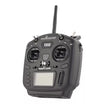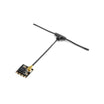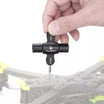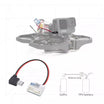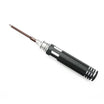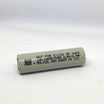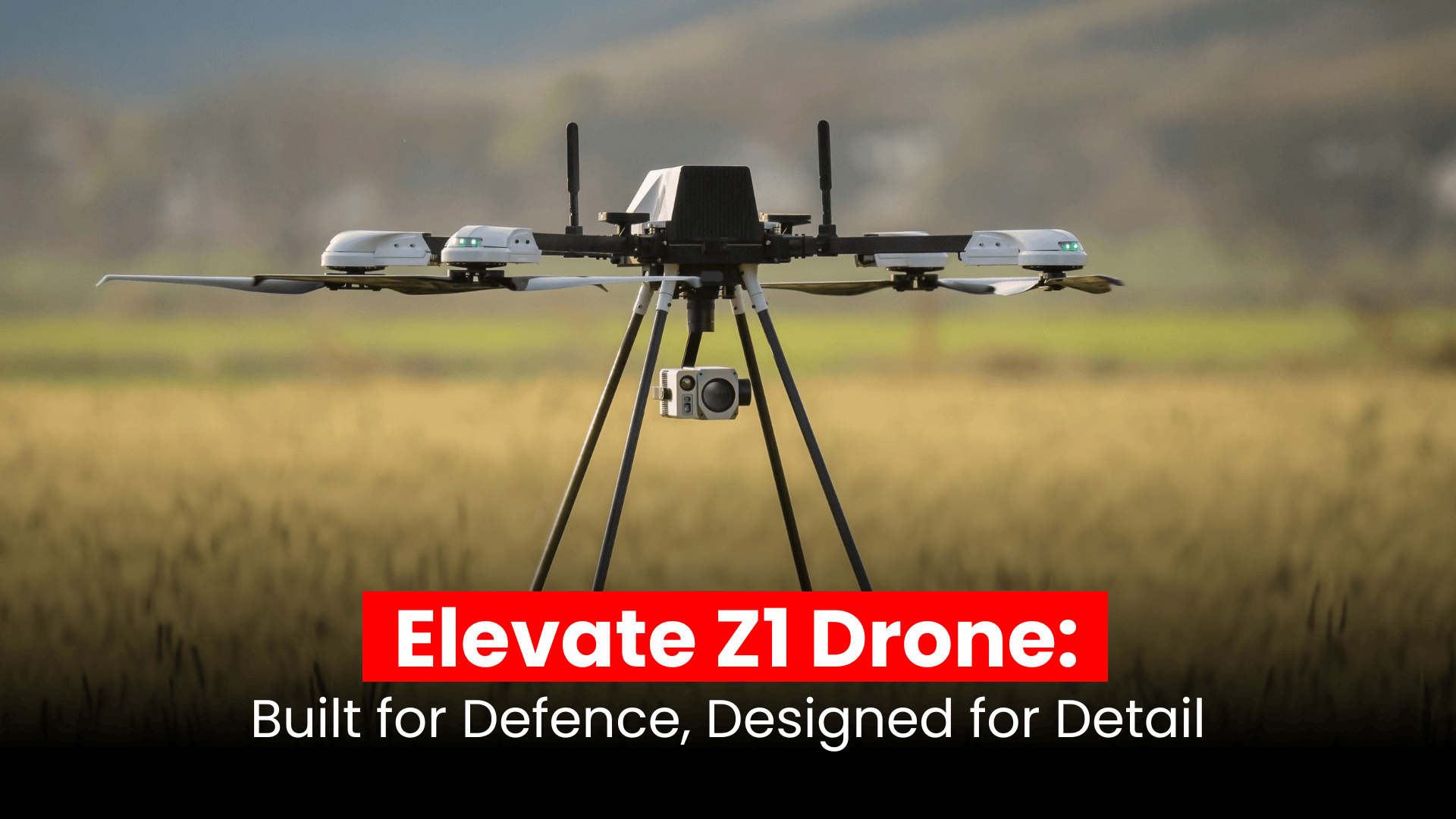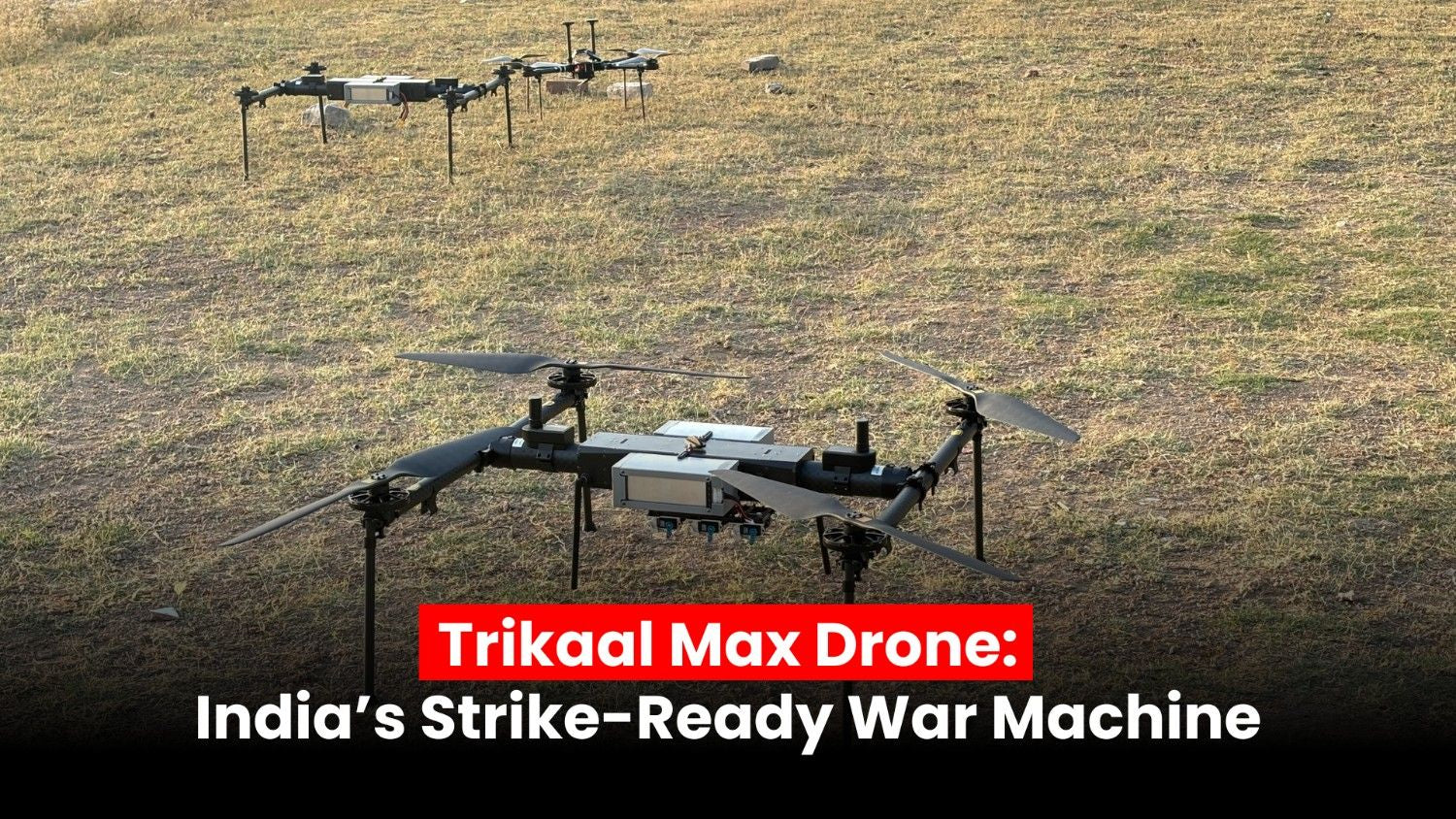In 2025, warfare is no longer just about guns and boots. It’s about precision, data, and unmanned systems that can see, think, and strike faster than any human ever could. Defence drones, once limited to surveillance roles, are now actively shaping real-world conflicts across the globe.
From India’s border regions to the skies above Ukraine, these machines are making split-second decisions, eliminating threats, and even saving lives. Whether it’s a loitering munition diving into a moving vehicle or a swarm of mini drones disabling radar systems, we’re witnessing the rise of a new era in combat.
So, how exactly are defence drones being used on the frontlines today? Let’s break down 10 real-world use cases that are defining drone warfare in 2025.
Use Cases of Defence Drones Around The World In 2025
Let us go through the usage of defence drones by various countries in today’s world.
Surveillance and Intelligence in Border Areas
Defence drones are the eyes in the sky for countries with sensitive borders. In places like Ladakh, the LOC, and Sikkim, India uses high-endurance surveillance drones to monitor troop movements, track infiltrators, and gather real-time intelligence without risking soldiers.
These drones fly at high altitudes and stream encrypted video feeds back to military outposts, helping commanders make faster, more informed decisions.
Kamikaze Drones for Surgical Strikes
Kamikaze drones, also called loitering munitions, are changing the rules of engagement. Instead of firing missiles from miles away, these drones circle over a combat zone and strike the target with pinpoint accuracy at just the right moment.
In 2025, Indian defense units have successfully deployed indigenous kamikaze drones along hostile borders, striking enemy radars and launch pads without endangering soldiers.
Also read: Elevate z1 drone: Built for defence, designed for detail
Drone Swarms That Confuse and Overwhelm the Enemy
Just think about dozens of small drones flying together like a school of fish, each one communicating with the others. That’s a drone swarm. These AI-enabled systems are being used to overwhelm enemy defenses, jam radar systems, and penetrate restricted airspace.
Nations like the US, China, and now India are heavily investing in swarm technology to gain a tactical edge in conflicts.
Tactical FPV Drones in Urban Combat Zones
Urban warfare is messy and unpredictable. That’s where FPV (First-Person View) drones come in. These agile machines are flown manually by operators, navigating tight spaces, peeking around corners, and dropping grenades directly into enemy hideouts.
In recent border skirmishes, Indian Special Forces have used FPV drones for scouting and even combat support during nighttime operations.
Also read: An overview of defence drones and India’s achievements
Search and Rescue Missions in Conflict Zones
In war zones or natural disaster areas, human search teams face massive risks. Drones equipped with thermal imaging and LIDAR sensors are now assisting in search and rescue operations by scanning rubble, locating heat signatures, and guiding medics to trapped victims.
After the 2025 quake in Turkey, Indian Army drones helped locate survivors in unstable buildings without putting soldiers at risk.
Naval Drone Operations for Maritime Dominance
Defence drones are also taking to the seas. In naval operations, drones launched from ships or aircraft help monitor hostile movements, detect enemy submarines, and map sea lanes.
India’s Navy has started deploying sea drones to track Chinese vessels in the Indian Ocean Region and secure strategic ports.
Electronic Warfare and Signal Disruption
In 2025, drones are not just flying cameras. Some are built to jam enemy signals, disrupt GPS, and interfere with communications. Electronic warfare drones are being used to blind enemy radar, disable missile tracking, and protect friendly aircraft during operations.
These drones fly into contested airspace and cause digital chaos without a single bullet being fired.
Real-Time Target Designation for Artillery Strikes
Gone are the days of guessing coordinates. Drones now provide laser guidance for artillery and airstrikes. They hover above targets, mark exact locations, and send back real-time data to ensure missiles or shells hit their mark.
This technology minimizes civilian casualties and maximizes precision, especially in crowded or mountainous combat zones.
Anti-Drone Drones: The New Dogfights in the Sky
With so many drones in the sky, countries are now building drones specifically to intercept others. These interceptor drones are fast, smart, and trained to hunt down enemy UAVs using nets, directed energy, or impact strategies.
India has deployed these near sensitive border regions to counter enemy surveillance and kamikaze drone threats.
Also read: How GPS, AI, and Vision systems power Kamikaze drones
Combat Training and Simulation for Soldiers
Defence drones are not just for combat. They’re now part of training regimens too. Military academies in India and around the world use drones to simulate battlefield conditions. This includes practicing how to detect drones, jam signals, or take down incoming threats.
It helps soldiers build muscle memory for real-world combat scenarios where drones are always part of the equation.
The battlefield in 2025 looks vastly different than it did a decade ago. It’s smarter, faster, and increasingly autonomous. From silent surveillance in the skies to devastating loitering strikes, drones have become a core component of national defense strategies.
Frequently Asked Questions
How are defence drones different from commercial drones?
Defence drones are designed for high-risk, military-grade missions. They have encrypted communication systems, longer endurance, and combat-ready capabilities that commercial drones do not offer.
Can kamikaze drones be reused or recovered?
No. Kamikaze drones are meant for one-time use. They act as flying missiles that crash into their targets and are destroyed upon impact.
Are Indian defence drones entirely made in India?
Many are now being produced locally. India’s DRDO and private firms are developing indigenous drones for reconnaissance, loitering munitions, and tactical strikes under the Make in India initiative.
Do drone swarms operate independently or with human pilots?
Drone swarms are usually semi-autonomous. They can coordinate amongst themselves using AI but are still monitored and controlled by human operators.
Can drones replace soldiers on the battlefield?
Not entirely. While drones reduce risk and improve precision, human judgment, ground presence, and complex decision-making are still vital in warfare.

